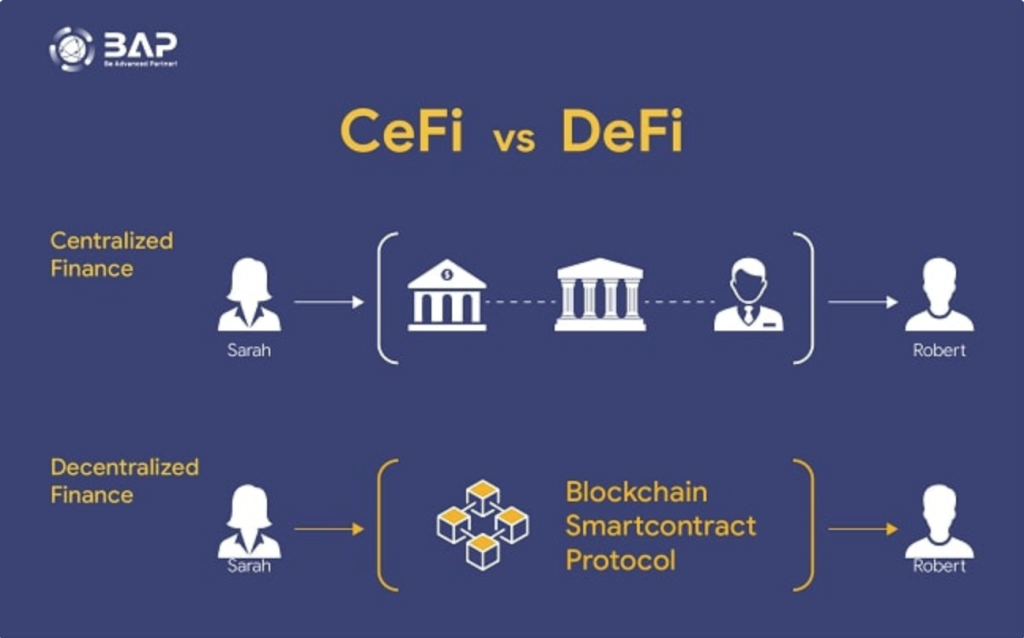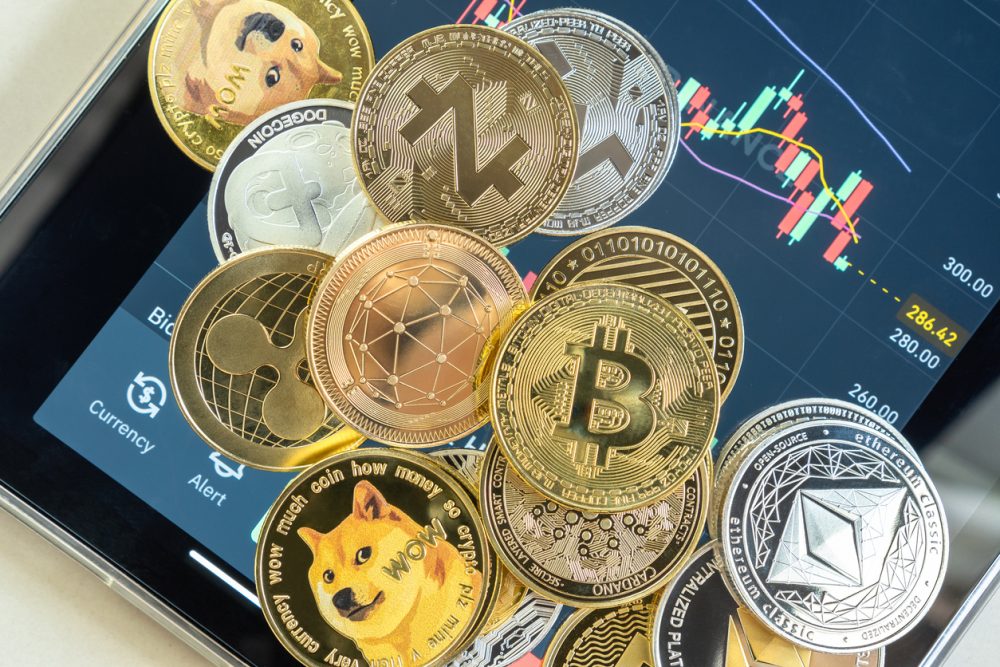A few days ago, you may have noticed a great article from Dealerscope’s editorial intern, Leontine, about her experience with social media and fitness throughout the pandemic. This article was the first in a new series of columns our editorial team will be rolling out where we give you a personalized take on some of the major topics currently defining the technology industry.
For my angle, I’ll be giving you an inside look into the world of cryptocurrencies and NFTs from the perspective of someone who has been trading casually in the Solana NFT space for the last six months. While this may not sound like a significant amount of time, the NFT world moves at lightning speed where two months might as well be two years.
In this first article of the series, I’ll keep things simple by providing a basic introduction to cryptocurrencies and NFTs and touch on some of the major cryptocurrencies that you may be familiar with such as Bitcoin, Ethereum and Solana.
Blockchain vs. DeFi
Anyone who has spent time looking into crypto has probably seen the terms blockchain and DeFi (decentralized finance) getting tossed around regularly. Each cryptocurrency such as Bitcoin, Ethereum or Solana is built on its own native blockchain, which is a decentralized digital ledger used to store unalterable data.

If this still sounds like absolute jargon don’t worry. At its core, a blockchain is just a mechanism for providing digital ownership of an asset. The blockchain operates by attaching that asset – such as a Bitcoin – to a unique piece of code stored on a public ledger.
A common mistake that many people make is equating blockchain-based cryptocurrencies such as Bitcoin to decentralized finance. However, in reality, Bitcoin and other cryptocurrencies are just fiat tokens in the DeFi system and behave much as the dollar does in the U.S. financial system. The overall DeFi system, which relies on blockchain backed smart-contracts, allows users to lend and trade these fiat cryptocurrencies without relying on traditional intermediaries such as brokerage firms or banks.
NFT Compatibility
Not all blockchains are created equal, which is why some support NFTs and others do not. Notably, Bitcoin, founded in 2009, does not support NFTs while more recent blockchains Ethereum, founded in 2013, and Solana, founded in 2017, do. When I say that a blockchain supports NFTs, it means that the digital piece of art exists as a unique piece of code on the blockchain granting users digital ownership over the image.
Chris Kline, chief operating officer and co-founder of Bitcoin IRA explains the relationship between Bitcoin and Ethereum well in an interview with Forbes: “Bitcoin and Ethereum serve different purposes. Bitcoin is a proof-of-work, limited asset, monetary crypto, while Ethereum’s utility is [as] a Web 3.0 backbone. Both serve as critical and distinct elements of the overall digital asset ecosystem underway.”
Hopefully, this column provides a useful reference point for explaining some questions you may have regarding the intricacies associated with the world of crypto and NFTs. We will use this foundation as a launching point in the coming weeks to dive deeper into the ecosystem and hear from some of the space’s burgeoning project developers and innovators.















